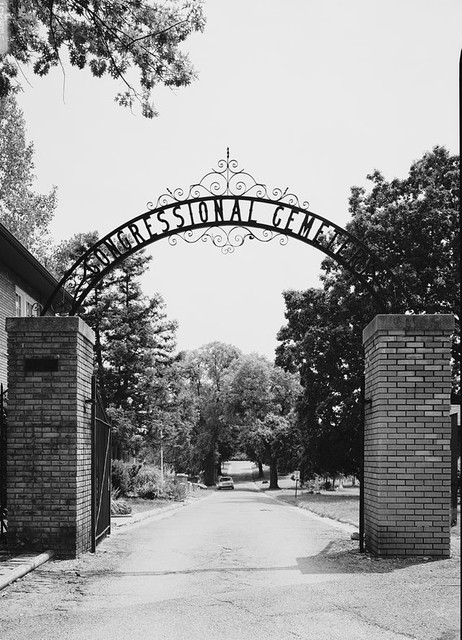Congressional Cemetery
Introduction
Text-to-speech Audio
Images
The gate of the Congressional Cemetery.


Backstory and Context
Text-to-speech Audio
In the initial mapping of the District of Columbia in 1792, it was discovered that there was not space laid out for burial grounds. In 1798, planning began for placing a graveyard in the District, and by 1812, plans were turned over to Christ Church for the creation of the Washington Parish Burial Ground. Though the Burial Ground was available to all, it quickly became associated with Congress, as almost every Congressman who died in the Washington, D.C., area was buried in it, and in 1820, Christ Church set 100 burial sites specifically for members of Congress and their families. The government then continues to buy plots of land as the Burial Grounds expanded, and in time, it came to be known as the Congressional Cemetery.
By the late 1990s, the Congressional
Cemetery had become neglected and dilapidated, showing many signs of disrepair
and lack of care. It was placed on the list of the most endangered historic
sites by the National Trust for Historic Preservation, and soon after, a band
of people formed to pay taxed in order to have the grounds taken care of in
exchange for privileges of jogging and dog walking. Inspired by this, the
Cemetery was given more donations over the years in order to keep it maintained
and pristine.
